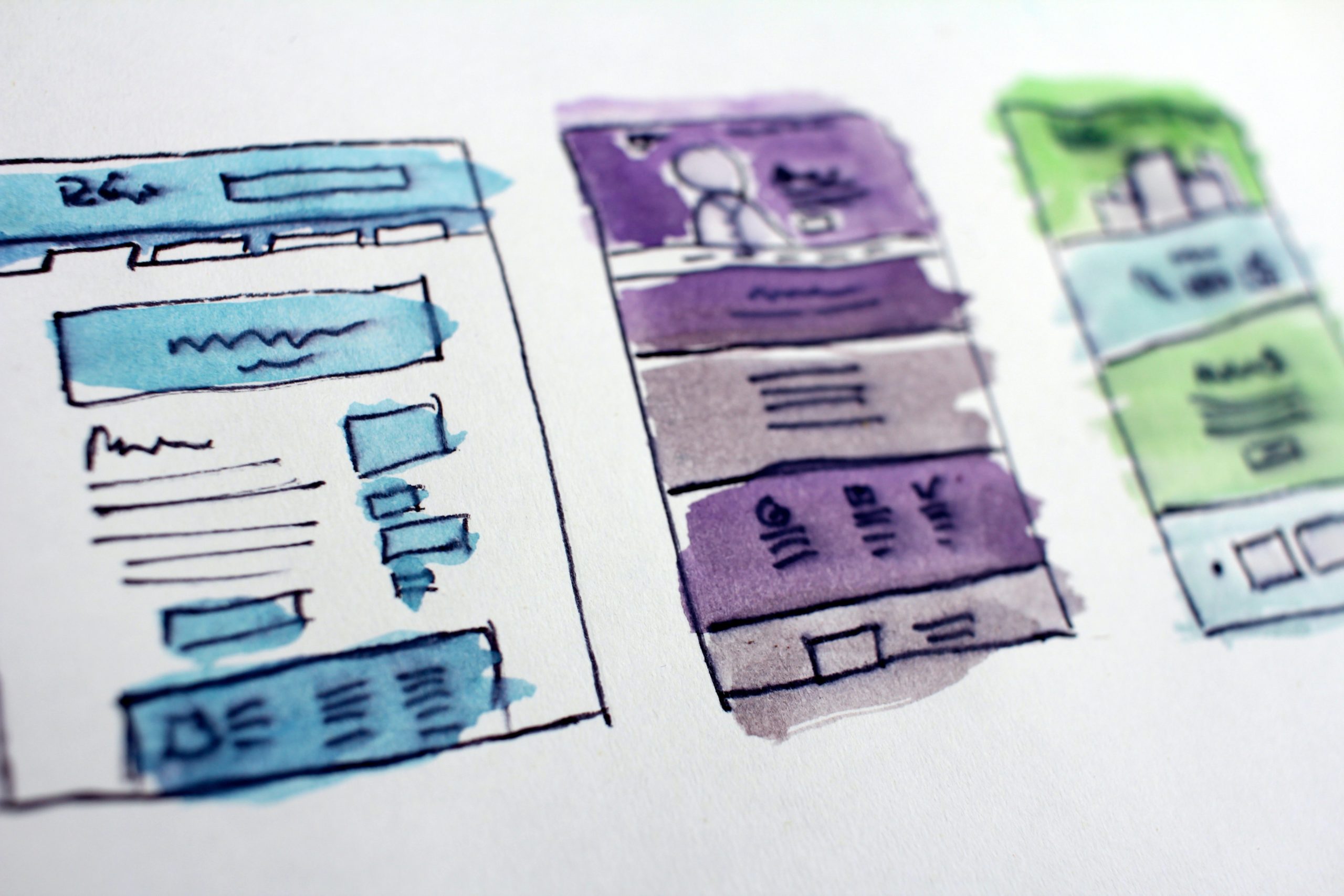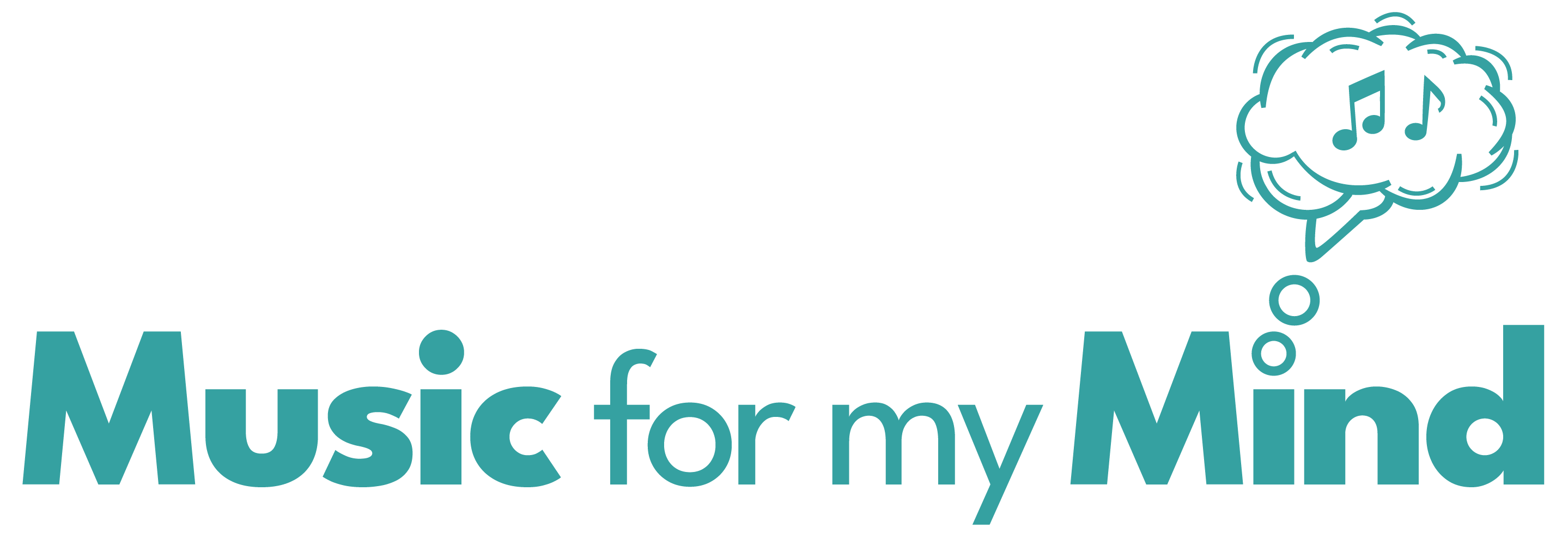
A Focus on the Reminiscence Bump - Action.
As part of Music for my Mind’s aim to raise awareness about musical therapy in dementia care, and our new Playlist Creation Tool designed to make waves in that field, we have decided to put out a series of blog posts to explain a bit about one element of the research we have been doing over the last year, “A Focus on the Reminiscence Bump to Personalise Music Playlists for Dementia” published by The Journal of Multidisciplinary Healthcare.
Welcome back to our series of blog posts about the research paper Professor Keith McAdam had tasked two University College London students, Chirag and I, with writing about music, memory and dementia care.
Sat in Bloomsbury, three pints of tea in, Chirag and I were trying to figure out just how we could collect the data we needed. Both of us being excitable souls, we of course came up with three plans which could perhaps work in 2050, but for now were a bit mad: AI, software sensors, music montages which would have taken Spotify engineers years to produce, large auditoriums filled with people, half of them listening to music, the other half beadily analysing their response. I must admit it would have been fun, but, partly in sympathy for our future participants, we decided we needed something simpler.
At our disposal, we had a book of the most popular 100 songs each year from 1915 to 2015 which, apart from being very interesting to flick through, was about 2 inches thick. Chirag and I quickly realised we couldn’t ask participants to slog through the whole thing, painstakingly ticking off each song they remembered. So we had to make that compromise all surveys must make, which is balancing the need to get useful and comprehensive data and making data collection at least mildly fun for our participants. So we started to think about how to slim down the survey.
First, we decided a randomly selected 10 songs from each year could replace the 100 as a large enough sample of a year’s musical output. Thus we cut our total number of songs by 90%, but from 1915 to 2015 we were still clocking in over 1000 songs. Secondly, we decided to stick to post war music (Second World War that is). We did this largely for brevity, but also paradoxically for longevity. Although Music for my Mind deals mainly with people born before the war, some almost within touching distance of the First, it also has its eyes on the future: of dementia care, and of dementia patients. We wanted detailed knowledge about the musical tastes and trends of the generation of the 50s, 60s, 70s and 80s as these are the generations which will unfortunately be next in line for dementia care. Knowing what they liked, and what they could remember, is vital for the future of Music for my Mind’s work.
And thirdly, we had to decide how to actually present the survey. Now, we are surrounded by a cacophony of music 24/7, from lifts to restaurants to the blasted neighbours next door (!), but our awareness of these songs doesn’t always mean enjoyment (and sometimes quite the opposite). So we decided that one marker of enjoyment of a song is perhaps being able to hum the tune as well as knowledge of its artist and title, which we felt proved that at one time in your life you had asked what the song you were listening to was, and possibly even gone out and bought it. Therefore a visual list, more than an audio cue, would be the best way to not only discover the level of memory, but also the level of possible emotional connection and enjoyment.







